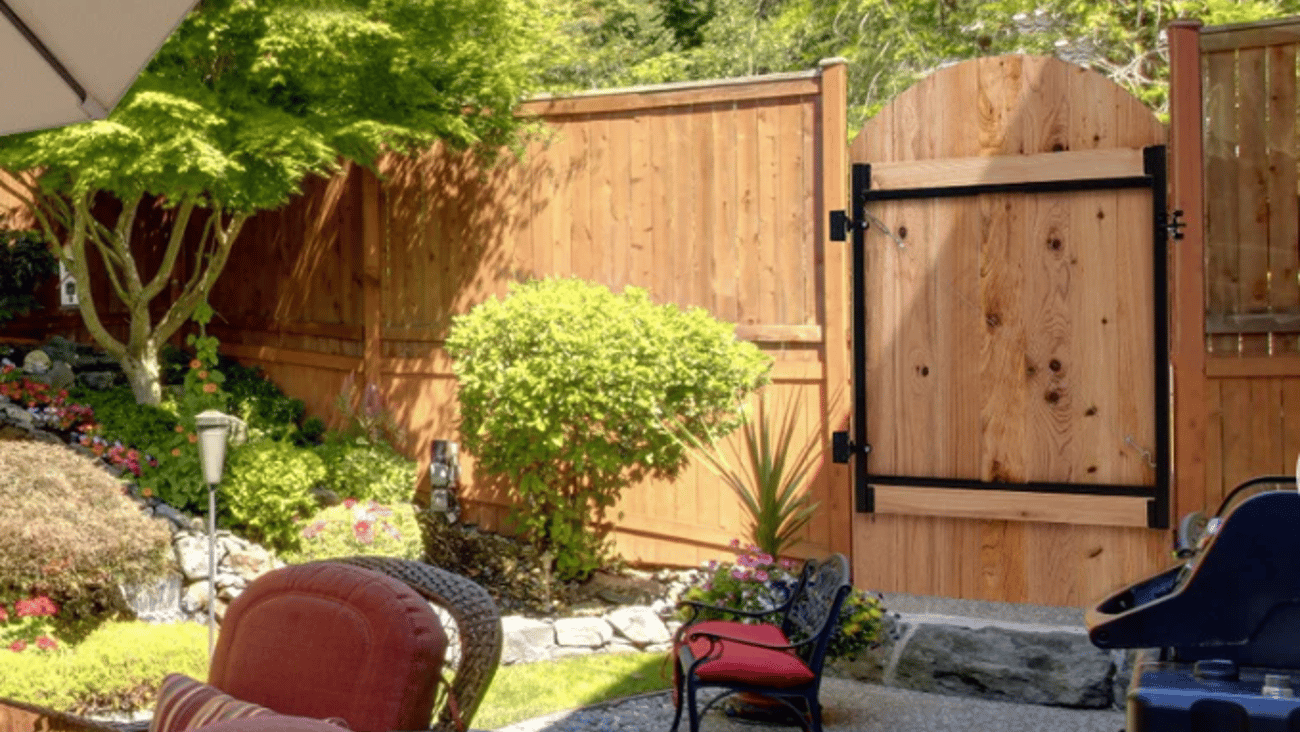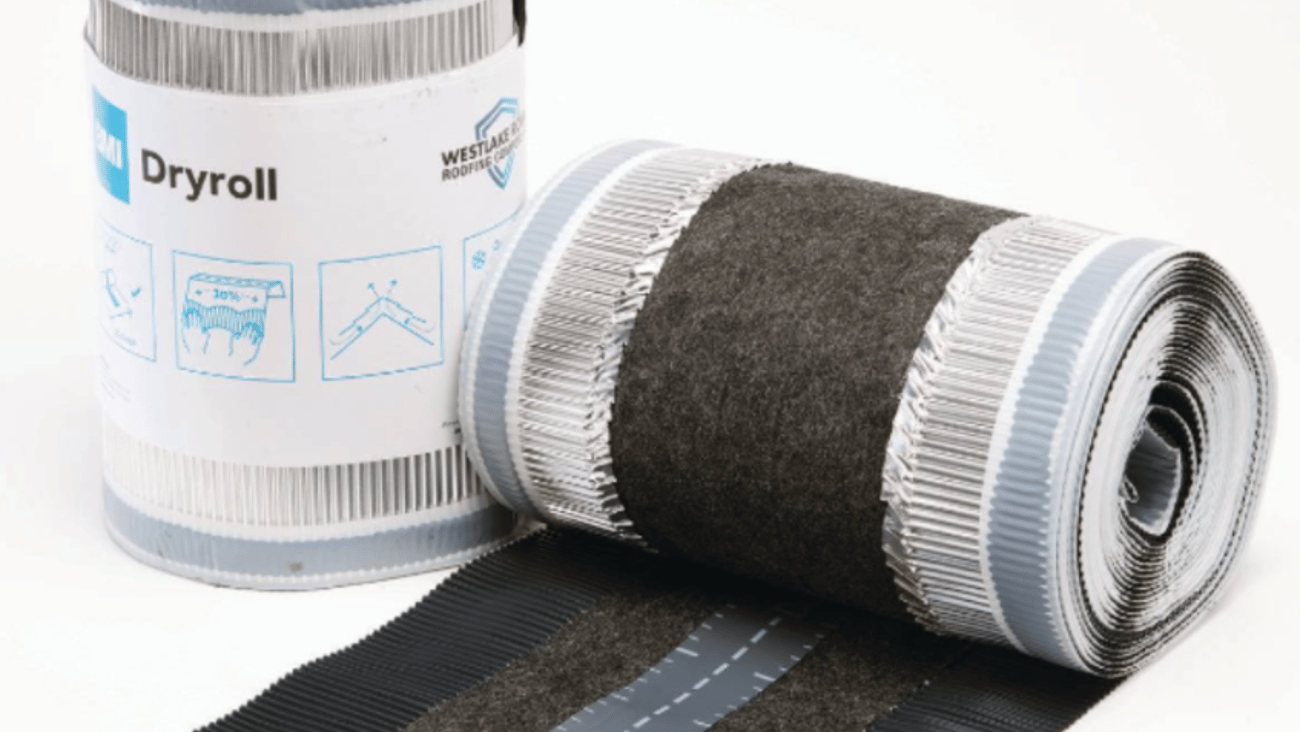Green in the washing machine: special report
The modern basement, garage or laundry room is home to many innovations in the world of energy efficiency and environmental friendliness. Two notable additions are energy-efficient laundry options as well as the emergence of an energy saving water-heating market.
Sears spokesman Larry Costello pointed to the need for consumers to capitalize on energy efficient appliances as energy costs rise. He also noted the importance of water savings, noting particularly the HE5T model of Kenmore front-loading washing machines, which have been popular and use 71 percent less water than previous models.
According to research firm NPD Group, top-load washing machines have 63.3 percent of the market. But front-load machines that typically save more water are gaining, up 4.5 percent in 2007 from 2006. According to the Environmental Protection Agency, heating water accounts for approximately 15 percent of a home’s energy use. High efficiency water heaters can save the average home anywhere from 10 percent to 90 percent on its water heating expenses. The cost savings depends upon the type of high efficiency water heater, as well as the home’s climate and overall hot water usage.
Lowe’s carries Whirlpool brand energy-efficient tank water heaters as well as Bosch brand tankless heaters and has held free demonstrations of tankless water heaters, sponsored by Bosch, at several stores in Texas and California.
According to Karen Cobb, a spokeswoman for Lowe’s, most people purchase water heaters based on replacement. She added that Lowe’s sees the largest sales of energy-efficient water heaters on the West Coast.
“We are seeing more interest in energy-efficient water heaters. With the emphasis on certifying some of the gas tank style heaters as Energy Star in 2008, the interest is likely to grow,” said Cobb.
According to an Energy Star 2006 appliance market report, water heating is the only major residential energy end-use that Energy Star does not rate. The report points to the initial high cost of the units, consumer skepticism over reliability and the lack of trained installers and maintainers for the new technology as the current market barriers to the technology.
For more on green trends like these, read the Dec. 17 edition of Home Channel News magazine. For subscription information, click here.



